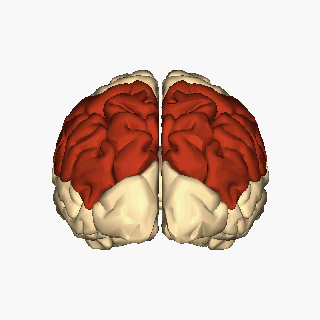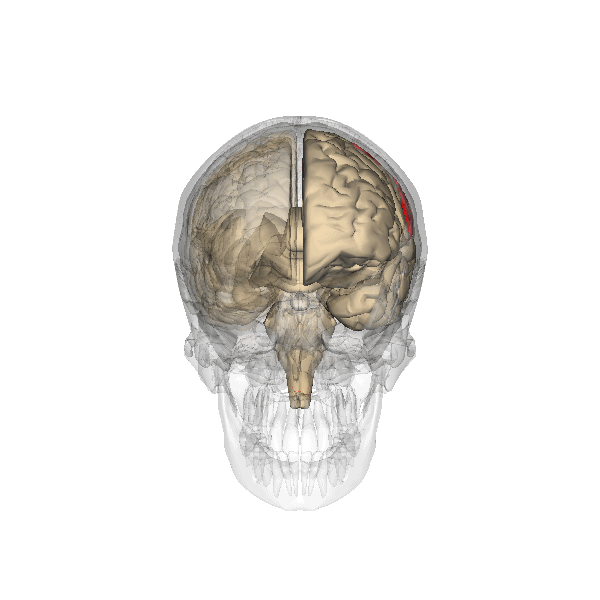Parietal lobes


The parietal lobes are located behind the frontal lobes.
Functions:
The parietal lobes integrate sensory information from various parts of the body. They contain the primary sensory cortex, which controls sensations like pain, feeling either hot or cold, etc. They make sure that we know which way is up. They keep us from bumping into things.
All this is done by the two functional regions. The first functional region integrates sensory information to form a single perception (cognition). The second functional region constructs a spatial coordinate system, primarily with the visual system, to represent the world around us.
More specific, it is the location for visual attention:
- Location for touch perception
- Goal directed voluntary movements
- Manipulation of objects
- Integration of different senses that allows for understanding a single concept
Damage in this area may affect the ability to locate or recognize parts of the body.
Specifically:
- Inability to attend to more than one object at a time
- Inability to name an object (Anomia)
- Inability to locate the words for writing (Agraphia)
- Problems with reading (Alexia)
- Difficulty with drawing objects
- Difficulty in distinguishing left from right
- Difficulty with doing mathematics (Dyscalculia)
- Lack of awareness of certain body parts and/or surrounding space (Apraxia) that leads to difficulties in self-care. Inability to focus visual attention
- Difficulties with eye and hand coordination
See also the website of the Centre for Neuroskills.